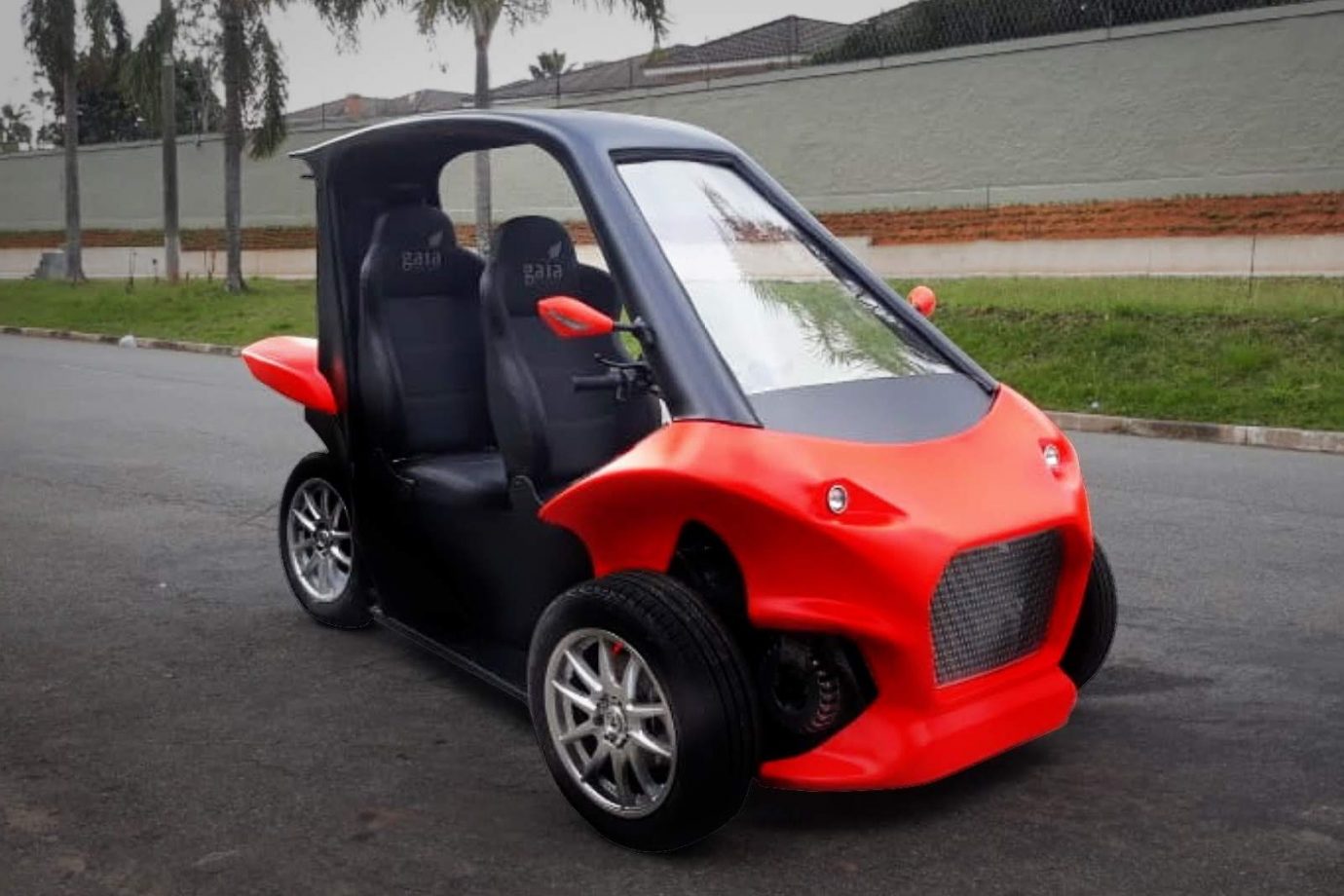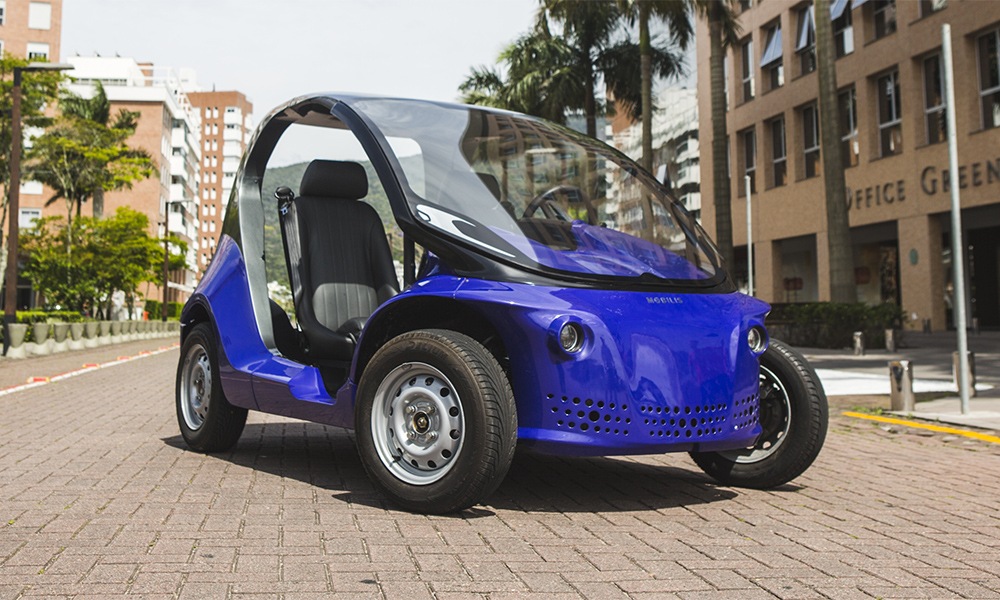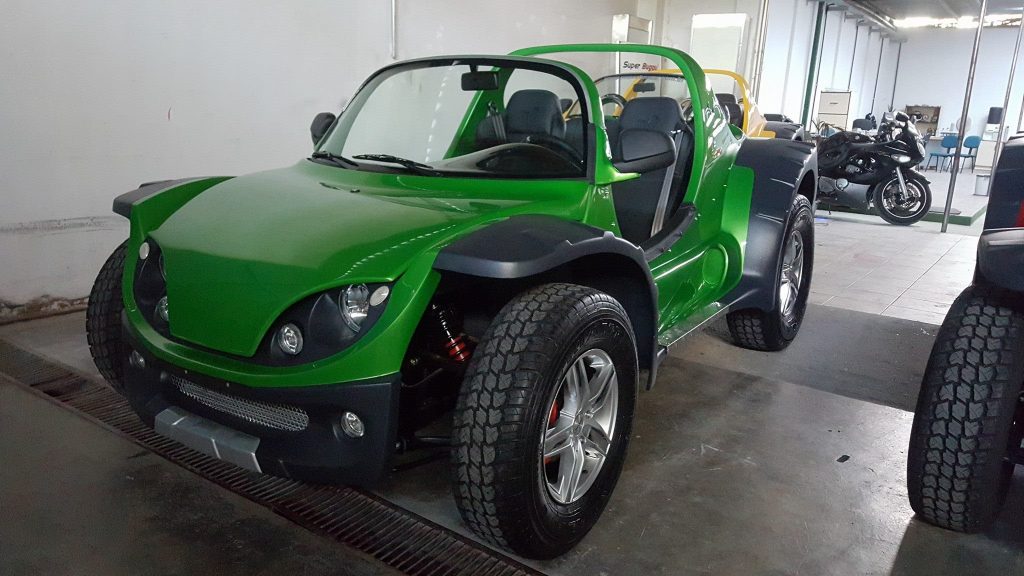RIO DE JANEIRO, BRAZIL – Brazilian startups intend to play a leading role in the local production of electric vehicles, while major automakers are still studying the feasibility of nationalization and are beginning to bring imported models for consumer acceptance tests.

Some projects along these lines have already emerged and succumbed, but at least three companies are beginning to place their models on the streets. These are minicars, quads, and tricycles mainly aimed at shared transportation, initially to serve market niches.
Gaia, with a shared assembly line in Cotia (São Paulo) and Manaus (Amazonas); Mobilis, in Palhoça (Santa Catarina); and eiON, in Pinhais (Paraná) do not intend to be assemblers, but technology companies with the ability to develop sustainable, simple, and affordable products with state-of-the-art technology.
The Gaia three-wheeler, which should reach the market by the end of the year, is an intermediate between a motorcycle and a minicar. It has a built-in internet chip and its own sharing App. The key is digital, activated by a password on a smartphone. It may be charged in a standard socket, without depending on specific infrastructure.
According to Ivan Gorski, founder of Gaia Electric Motors, the vehicle can run 200 km with an eight-hour charge. “The average cost for this mileage is R$8 (US$2), approximately twenty times more efficient than gasoline”. He plans to deliver twenty to thirty units this year.
Gorski’s target audience, however, are companies wishing to use the vehicle to provide services and deliveries, or shared use in small cities, where services such as Uber and Cabify have failed to reach. The Gaia holds two people and costs R$80,000. According to him, 60 percent of Gaia’s parts are imported, including the battery set and the electric motor.
Gorski worked at UOL, Yahoo! and LinkedIn. Gaia, officially founded in 2018, now has eight partners, went through two rounds of investment, and is now valued at R$10 million.

Li, from Santa Catarina, wants to run in restricted areas
With three partners, mechanical engineer Mahatma Marostica founded Mobilis and developed a pilot car in 2018 for neighborhood use — enclosed locations such as condominiums, universities, resorts, industries, parks and golf courses — called “Li” (the name comes from lithium, the primary raw material for the battery).
Ten model units were sold for R$60,000 each, eight of which were delivered earlier this year. As it runs only in private areas, the model does not require components such as airbags and ABS brakes. The model holds two people, is customizable, and its maximum speed is 40 km/hour. The charging is done in any outlet, in six hours as standard and three hours as optional. There is another option for charging in 1.5 hours.
At this stage, R$ 2.4 million have been invested with its own capital and angel investors. “We are about to raise an investment of R$6 million for the street version, the Li DR. The approval for the start of production should be out in 2020,” says Marostica.
The Li will be equipped with a tag, a chip to open and close doors, which allows tracking and booking for use by cell phone.
According to him, the goal is also to build a model for four passengers and range options from 100 to 160 km. Prices are expected to range from R$70,000 to R$75,000. Seventy percent of the equipment is domestic, and the cell and battery charger are imported from China, representing the other 30 percent.

Buggy Verde wants a place in Brazil’s Northeast
Part of the Fiep Incubator System (Federation of Industries of the State of Paraná), eiON, designed by electrical engineer Milton Francisco dos Santos Jr. less than two years ago, is initially focused on selling its Buggy Verde, introduced in October to buggy driver cooperatives in beach tourism locations in Brazil’s Northeast.
The company’s name is the result of the combination of the initials of the words electric, intelligent, and online. For now, the battery of the two-passenger vehicle is purchased from a company in Curitiba that imports the cells and assembles the equipment. As the cost is high and the scale is still small, the target price for the Buggy Verde is R$119,000. Santos is researching local battery production and looking for investors for the project. The aim is to offer different traveling distance options — from 50 to 300 km.

